What is Pyrite?
Pyrite (FeS2-Iron Sulphide) is a very common mineral. Traces of it are found in the sedimentary rock used to make crushed stone for hardcore and backfill materials.
What are the Warranty providers concerns?
In the presence of humidity and oxygen, pyrite oxidizes and produces sulphuric acid. Pyrite oxidation also leads to the formation of gypsum crystals which increase in volume. This increase in volume can lead to hardcore and backfill materials swelling which in turn may damage any concrete slabs, foundations or other structures that are laid on top of the hardcore and backfill materials.
Warranty stance
Our stance is that the Developer shall ensure that the suitability of any hardcore and backfill material is appropriately determined by carrying out the necessary investigations including chemical analysis to ensure that there are no harmful contaminants or hazards, which could cause deterioration of any element of the development.
Failure to undertake required material testing is considered to increase the risk of pyrite contamination in hardcore and backfill materials, and if present in excess of acceptable levels, they may contribute to the failure of an element of structure and the potential damage of associated materials which may result in not meeting with the Functional Requirements and Performance Standards stipulated by the Technical Manual, notably those relating to ground investigations, structural performance, durability, and the life expectancy of materials.
What Developers should action after reading this document?
The Developer must ensure that where hardcore and backfill materials are specified and supplied to their developments, they should be tested and certified by a competent and appropriately accredited laboratory to ensure that they are of a suitable nature and quality in relation to the purpose and conditions of their use.
As there are no specific guidelines for visual detection of pyrite in hardcore and backfill materials, the required qualitative method of detection is by chemical analysis. This form of analysis should be used to check if such materials are affected, and to what extent using the petrographic indicator of swelling potential values.
The Petrographic Swelling Potential Indicator (PSPI) values
PSPI varies from 0 to 100. It is a numerical value used after evaluation to indicate the sulphatic swelling potential of the materials analysed. The following figures represent the petrographic swelling potential that may generally be associated with the different PSPI values:
|
PSPI Value |
Swelling potential |
|
0 – 10 |
Negligible |
|
11 – 20 |
Low |
|
21 – 40 |
Low to medium |
|
41 – 60 |
Medium to high |
|
61 – 80 |
High |
|
81 – 100 |
Very high |
Developers should be mindful that any materials with a PSPI value in excess of 20 will not be acceptable for Warranty purposes.
Further reading
For matters relating to ground conditions and Warranty, further information can be found within the ‘Ground Conditions’ section of our Technical Manual. Those wishing to obtain a greater understanding of hardcore specification, selection and issues around potential contaminants may refer to publications by the BRE, such as:
BRE Digest DG 522 (Replaces BRE Digest 276 which has been withdrawn)
Hard-core for supporting ground floors of buildings:
- Part 1: Selecting and specifying materials
- Part 2: Placing hard-core and the legacy of problem materials.

